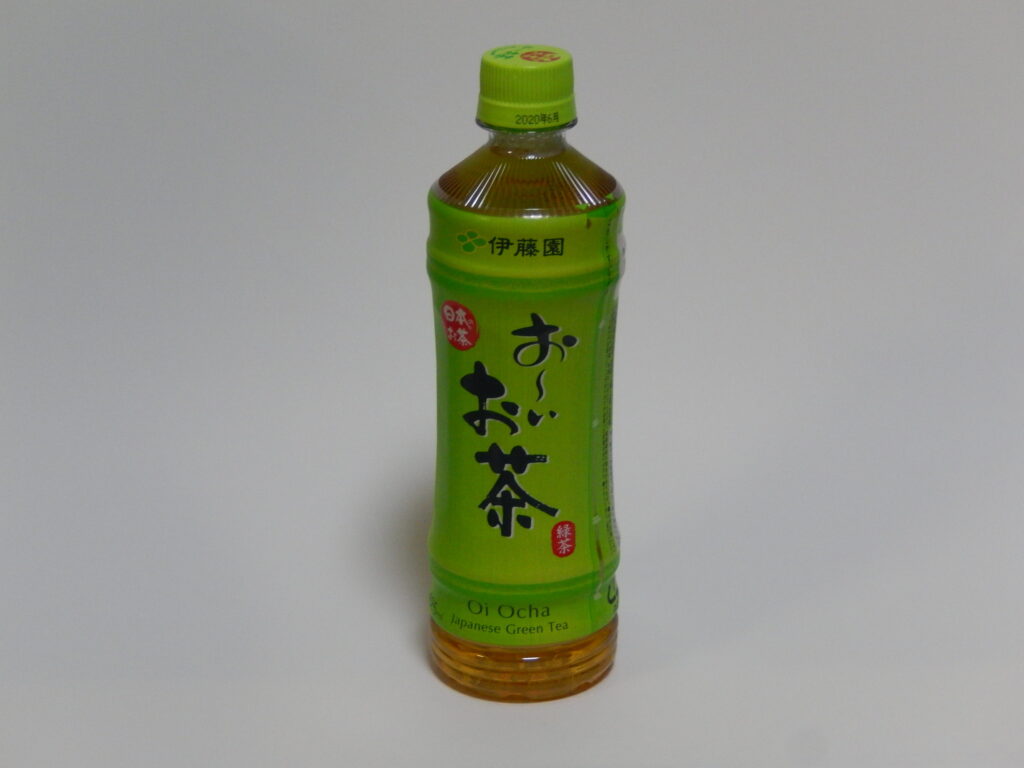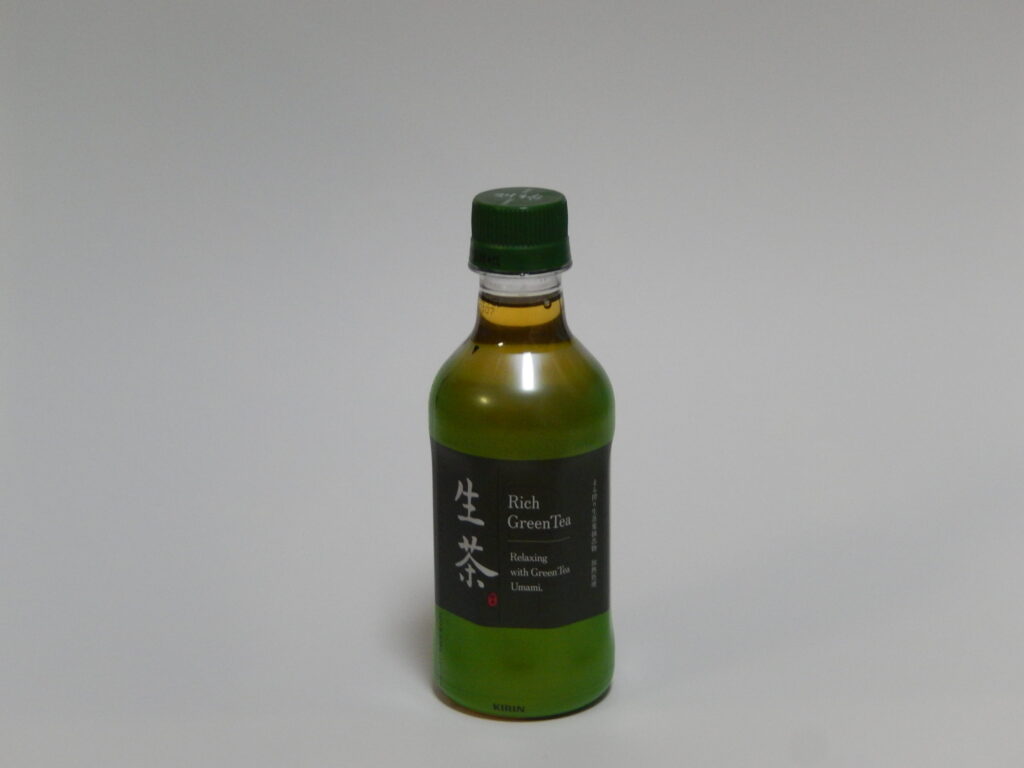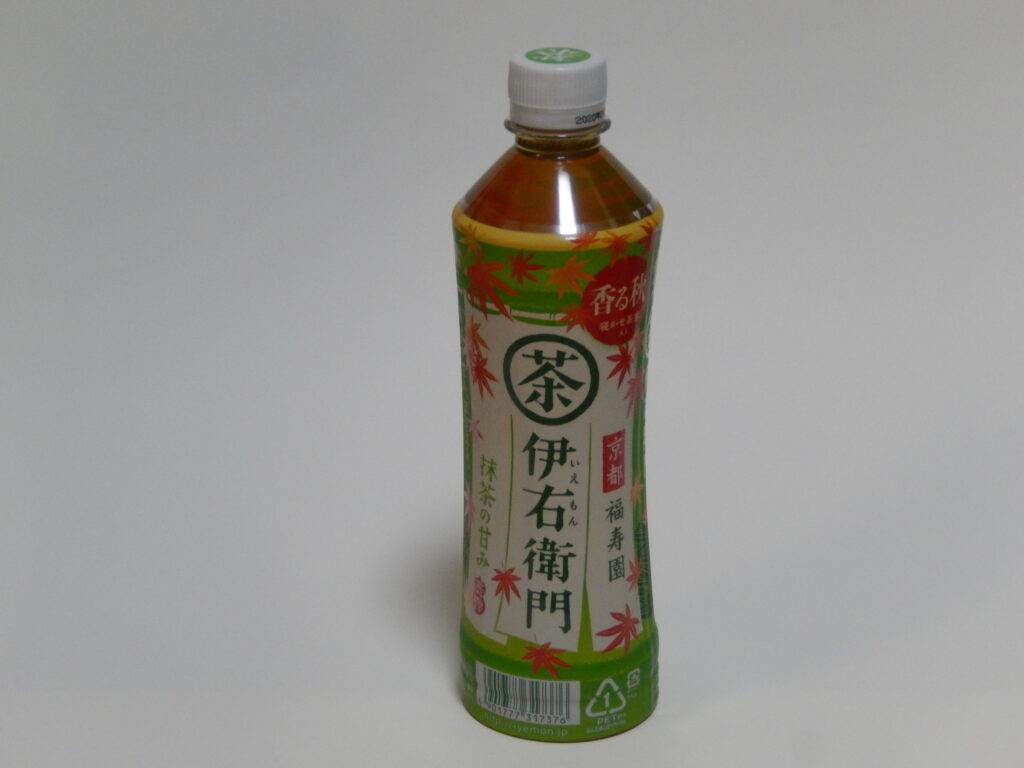Japan has a wonderfully rich selection of bottled teas that are so refreshing and healthy! They contain no sugar, which means they have no calories. You’ll see them everywhere from vending machines, to convenience stores to supermarkets. It is one of unique culture to Japan.
I would like to introduce its history, popular plastic bottled green teas, and type of green teas.
1. History of Japanese green tea
(1) Green tea came from China in 8th century
Green tea is said to be introduced from China in 8th century by Buddhist priests. For example, the famous priest Gyogi, who build many temples all over Japan, planted young tea plants at the temples to use green tea as medicine.
So, originally green tea was drunk as medicine, but soon people started to drink green tea to relax or to just drink instead of pure water. Since then drinking green tea has been a part of Japanese lifestyle and influenced Japanese culture a lot.
(2) Traditional way of making tea
For many centuries, people have made tea as the following procedure. It takes time.
・Put two spoons of tea leaves in a small teapot.
・Pour hot water in the teacup and leave it for one minute..
(70~80 degrees is the best water temperature to extract original flavor and tastes.)
・Serve tea evenly little by little into each cup.
(3) Evolution of bottled green tea
A tea selling company, ITO-EN, succeeded in developing canned green tea in 1985 and started to sell canned sencha. This evolution made it possible for people to drink green tea anywhere anytime. It exerted great influence on food culture of Japan.
In 1990s, a plastic bottled green tea was developed. It is much more convenient than canned tea to carry because it has a cap. Then many beverage manufacturers such as Kirin (a beer company) and Suntory (a whisky and beer company)entered in this business and developed various kinds of plastic bottled teas and the sales has increased dramatically. The total sales of bottled green teas in 2018 is over 400 billion yen or 3.7 billion dollars.
2. Popular plastic bottled green tea
Three top products are as follows.
(1) Oi Ocha by Ito-en

It is the number 1 green tea brand in Japan. It is made of 100 percent Japanese green tea. Plain and simple, the flavor and the aroma are just right. It has a light green tea taste that is very refreshing.
(2) Namacha by Kirin

Namacha is another great tasting green tea. Because of its higher concentration, it is darker than the regular green tea, and the flavor is a little more intense, but not too bitter. It has a refined aroma and is very refreshing.
(3) Iyemon by Fukujuen

It is made by Fukujuen, a Kyoto company founded in 1790. The method to make is by the traditional stone mill. It contains matcha, which makes it a little more bitter and fragrant than the regular green tea. The bottle is recognizable by its elegant bamboo-inspired shape.
3. Type of green tea
Unlike Chinese green tea which is pan-fired, most of Japanese green tea are steamed giving them a more “vegetative” or “leafy” taste.
Japanese green tea is categorized by the age of the leaves. Young leaves are called sencha and the more mature, larger leaves are called bancha. Types of tea are commonly graded depending on the quality and the parts of the plant used as well as how they are processed.
(1) Sencha (煎茶)
Sencha is the most common green tea. At open-air tea fields buds are picked from plants fully exposed to sunlight, then are steamed and dried.
(2) Bancha (番茶)
Lower grade of Sencha harvested as a third- or fourth-flush tea between summer and autumn. Autumn Bancha is not made from entire leaves, but from the trimmed unnecessary twigs of the tea plant.
(3) Gyokuko (玉露)
Gyokuro is a fine and expensive type. It is grown under the shade rather than the full sun for approximately 20 days. The shading causes the amino acids (Theanine) and caffeine in the tea leaves to increase, while catechins (the source of bitterness in tea, along with caffeine) decreases, giving rise to a sweet taste.
(4) Hōjicha (ほうじ茶)
Hojicha is a green tea roasted over charcoal (usually Bancha). Its color is brown rather than green.
4. Reference
“Oi Ocha story” (https://www.itoen.co.jp/ Jan. 2020)
“A complete guide to Japanese culture and scenic spots in English by Ueda” Goken
“Healthy and so Refreshing: the Japanese chilled bottled teas! “(https://favy-jp.com/topics/604 Jan. 2020)
